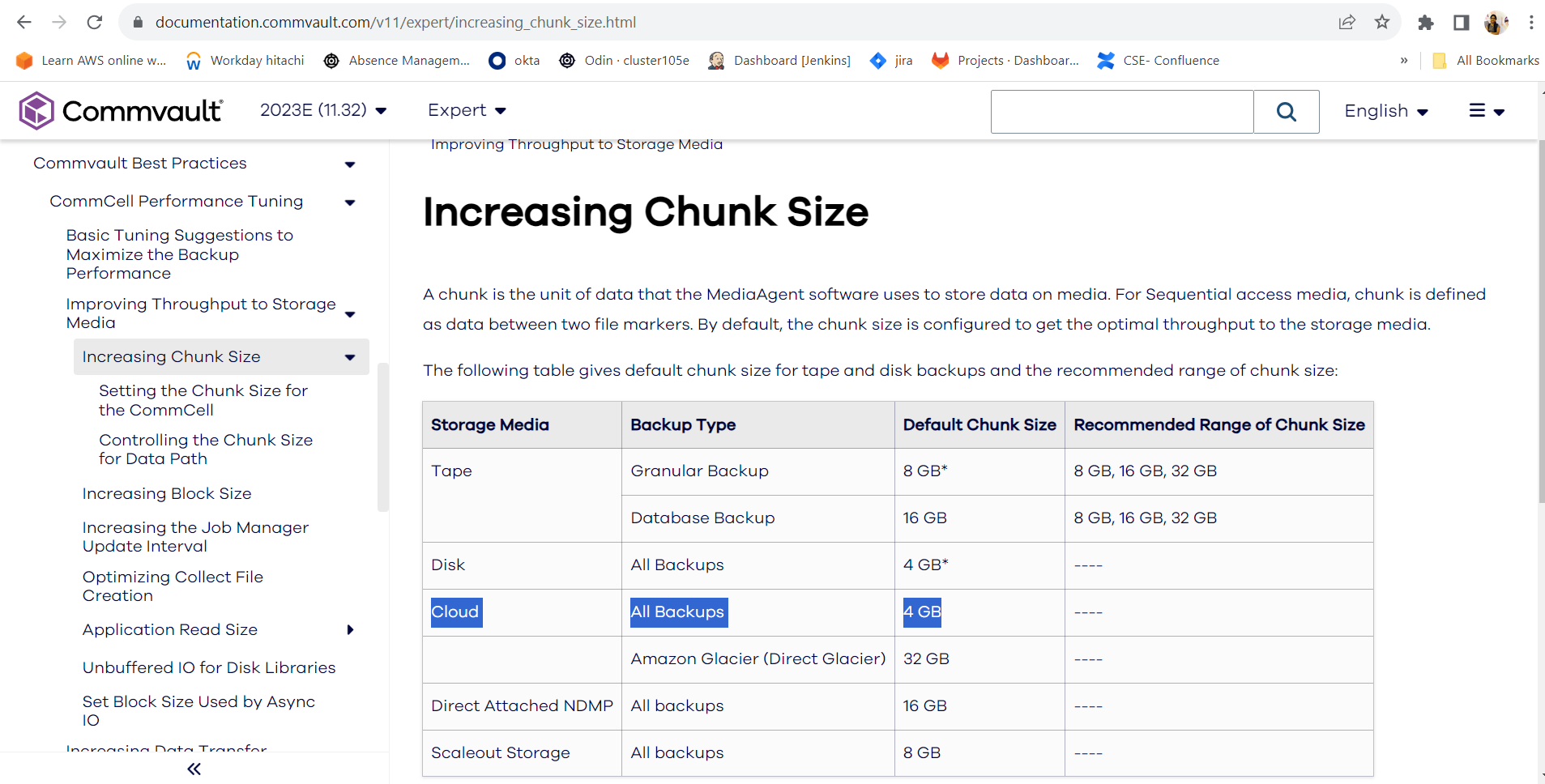We require 1 million objects to be ingested from MS SQL into our cloud storage via Commvault. We created a table with 5 million rows of data in MS SQL but when we perform full backup from Commvault we could only see 20 objects being ingested. Could you suggest us any way how we can simulate 1million objects
Best answer by Damian Andre
View original






